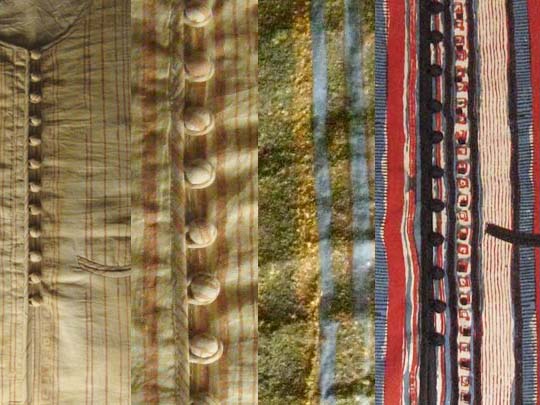City of Makers
On the advice of the wonderful Sound Travels director Georgie Pope, I spent the last few days of my India trip in Jaipur. Georgie had been part of a research project several years before, where they had mapped makers in the city and around. It is incredible how many people are making in the old city. Makers were actually built into the infrastructure of the city. When it was founded (in the early 1700s), the Jai Singh sourced the best artisans in stone carving, jewellery, painting, printing, metal, leather, ceramics, and much more. These artisans are still working, and in narrow streets and tiny workshops there is a whole production industry happening.
I was particularly inspired by the block printing which had a revival in the 1970s, and is now thriving in the area.
In Amber (about 20 mins north of Jaipur, famous for the beautiful fort on top for the hill) there is a museum dedicated to block printing. It is run by the incredibly inspiring Anokhi organisation, curated by Rachel Bracken-Singh and her husband Pritam Singh, and housed in a beautifully refurbished Haveli. (The haveli was so well restored that it won a UNESCO award).
The museum is fantastic (I think I almost had fits of joy from the incredibly beautiful fabrics on display). It houses a history of the making, design, and technique, giving the artform a narrative. In one very enlightening display you can see the 11 stages of the process to make an idigo-dyed-gobi-mud-resist waistcoat (you can see some of the stages below). There is also a temporary exhibition, currently from Rebecca Layton, who was artist in residence for a year at the Anokhi farm, and uses telephone communications, factories and other aspects of contemporary Jaipur as her inspiration.
We also visited the Anokhi farm and factory and met the lovely designer Rachel, as well as the printers, dyers, cutters, and stitches. I had to hold my breath as we walked around, or I was afraid I would make un orthodox outbursts of my joy. The company make every attempt to make their business sustainable sourcing their own water, growing food, and having low-energy impact. This means the factory is a really lovely place be, it is set into the ground, so it doesn’t impose on the landscape, and the atmosphere is very peaceful and friendly. I think they run organised tours of the factory, so when you next visit Jaipur it is well worth a visit.
Whilst at the museum I bought (probably) the best books on block printing one could perchance to find in the publishing world. They give detailed accounts of different block printing traditions, histories, techniques, cultural and (most wonderfully) actual fabric samples.







